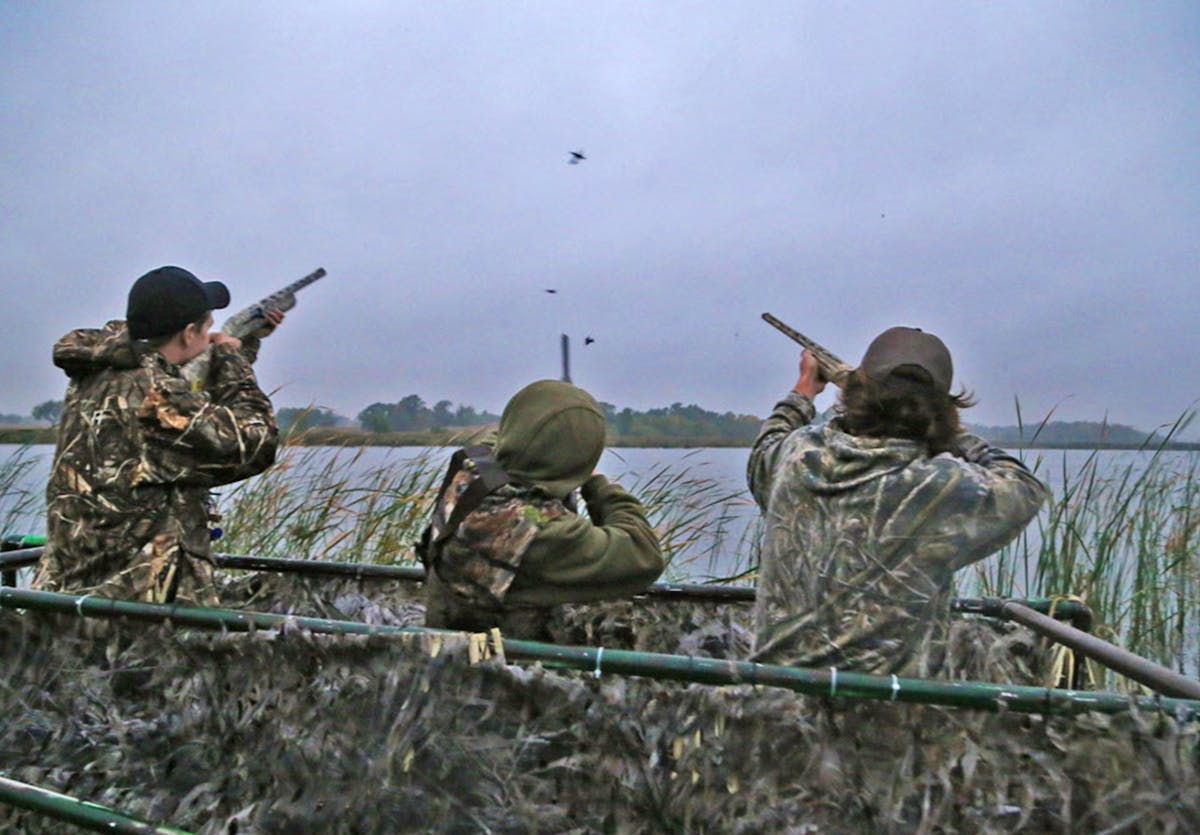Ringneck hunters in South Dakota are seeing significantly more pheasants than they did a year ago, but encounters with the game birds are far less likely than the 10-year average.
Travis Runia, senior upland game biologist with South Dakota Game Fish & Parks, said Tuesday in an interview that the state's traditional pheasant season opened Saturday with field success that was in line with improved, late-summer pheasant sightings.
"It is better than it was a year ago," Runia said.
According to informal data from state conservation officers, individual hunters saw at least one or two birds per person, per outing, Runia said. This year's hunt, including the residents-only opener Oct. 13, was foreshadowed by a 47 percent jump in the state's pheasant index compared to 2017.
This year's index averaged 2.47 birds per mile on countryside routes driven by trained observers. Last year's index was 1.68 pheasants per mile while the state's 10-year average is 4.2 pheasants per mile.
Runia said a mild winter gave way to reliable nesting and brood-rearing conditions in May, June and July. Ordinarily, lands surrounding the Missouri River carry the highest densities of pheasants in South Dakota. While true once again, this year's regional differences are less pronounced, Runia said. The lowest bird counts are along the state's easterly Interstate 29 corridor, he said.
In Minnesota, pheasants are losing some of their hiding places thanks to a rapid harvest last week of corn and soybeans. The U.S. Department of Agriculture reported Tuesday that state farmers have hauled in 35 percent of the corn crop and 62 percent of the soybean crop.
The progress puts the overall corn harvest equal to the state's five-year average. That's a big improvement from two weeks ago when Minnesota's pheasant season opened with many cornfields untouched by combines because of wet weather.
